Eco-friendly building materials – discover the green options
Here are the products to look out for if you’re committed to using eco-friendly building materials in your remodel
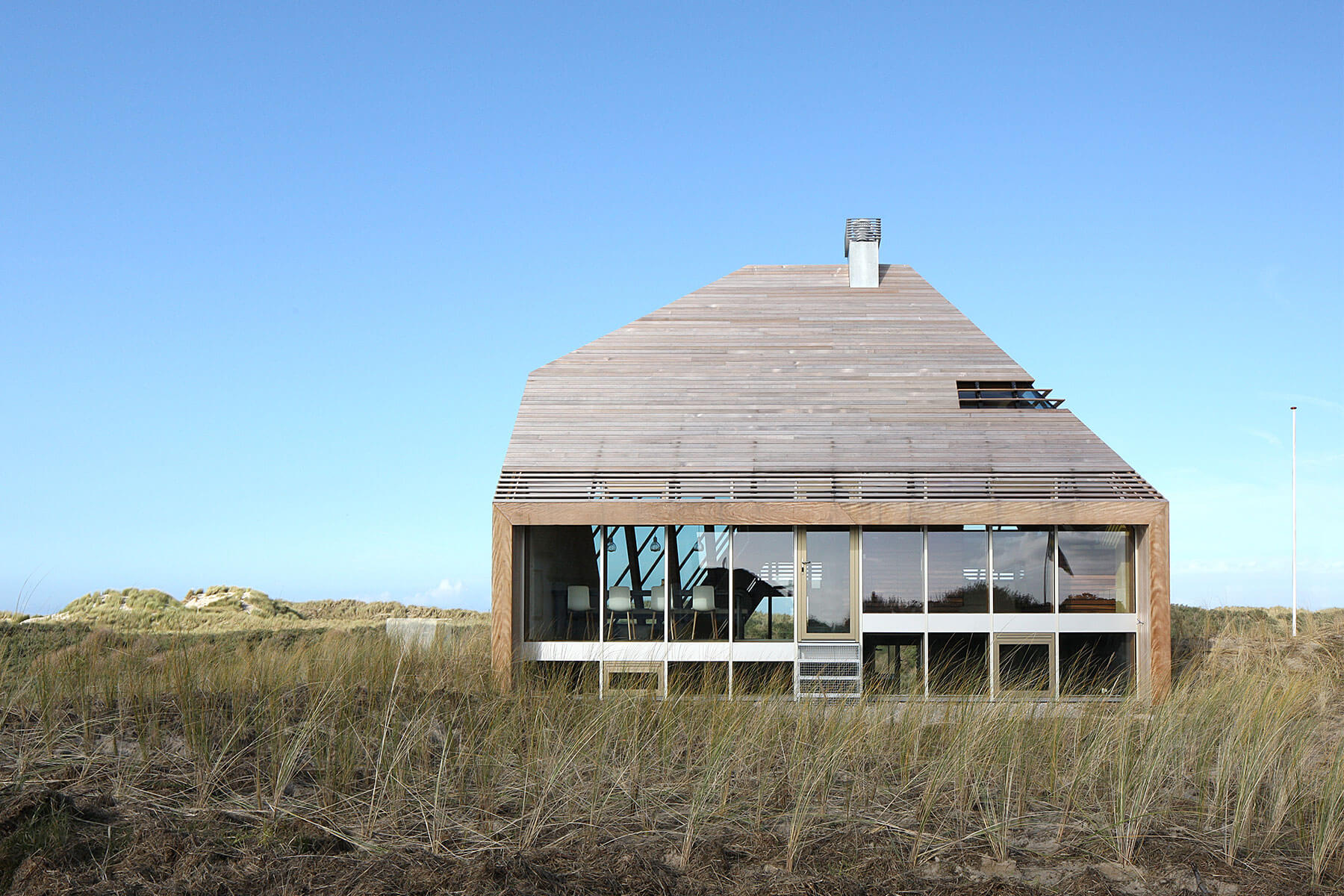

Arabella Youens
Want to use eco-friendly building materials in your home? There are plenty of products out there that are genuinely greener options – perhaps because they’re made using renewable resources, are created with recycled materials, or they result in better indoor air quality for your home.
But there are also options that make claims to being green while offering very little in the way of environmental benefits and this can make choosing a genuinely eco-friendly item hard.
To help, we’ve put together a guide to the eco-friendly building materials that are available for your eco home improvements, outlining why they’re a greener choice.
Eco-friendly building materials: a guide
Some options are better for our wellbeing and that of the planet. On the whole, healthy building materials contain less embodied carbon and are less likely to emit toxic VOCs (volatile organic compounds), ensuring better air quality inside our homes. They are also likely to be recyclable or reusable.
Our guide lists the eco-friendly building materials to look out for when you’re shopping for wood, insulation, flooring, roofing and more.
Wood
When it comes to building a house or an addition, look for sustainably sourced timber whether it forms part of the internal structure or plays a more obvious role, for example in wood-framed buildings, or for wood siding.
Look for Forest Stewardship Program (FSP) accreditation when buying wood. The non-profit FSC sets standards for forest management around the world with the aim of meeting current needs for forest products without compromising the health of the world’s forests.
Another option for wood trim and millwork is to reuse, visiting salvage yards or architectural antique stores. This is a great way to add character, too. And consider the reuse option for siding as well: you may be able to source reclaimed wood siding materials from building supply stores and salvage yards.
Cob and straw bales
Some architects and housebuilders are specifying buildings made of cob, which is a subsoil containing clay and straw. While it’s labour intensive, it’s virtually zero carbon and the walls are very thick, meaning the thermal efficiency inside is sound.
Similarly, straw bales can be used not only alongside timber but as a load-bearing material that can support a roof structure. These are generally finished with lime render (see below) to create a breathable fabric.
Be sure to check with the local building department to ascertain if you need a permit if you’re planning to use either of these eco-friendly building materials.
Lime
Versatile and natural, lime was used in the construction of nearly all surviving old buildings in Britain to form the binder for mortars, plasters, render and washes. Now lime-based materials are becoming mainstream with low-carbon construction systems.
‘Lime-based materials let structures breathe and move gently, which is essential for old buildings,’ says Douglas Kent of the Society for the Protection of Ancient Buildings. ‘It helps them keep their natural equilibrium, controlling moisture and dampness, thereby offering health benefits and internal comfort.’
Cork
Cork is another renewable natural material and one that’s recyclable and biodegradable. What’s used is the bark from cork oak trees, which is carefully harvested from the trees; the long-lived trees themselves are not cut down, and the trunks are not damaged. The bark is renewed and it won’t be harvested from an individual tree again for another nine years.
Think cork for flooring but also as a thermal and acoustic insulator. UK-based specialist builder Moulding has recently used a cork-based lime plaster on the inside face of all external walls of a large historic house as a sort of eco-friendly form of cladding.
‘The cork additive provides an extra layer of thermal performance and raises the U-value [the level of thermal transmittance] of the wall,’ says director Tim Moulding.
Insulation
As we’ve seen above, cork is one of the eco-friendly building materials that can be used as insulation, but there are a plethora of other options. Products derived from materials including wood, wool and hemp, as well as cork, can be used in lieu of conventional insulation. Do bear in mind with all eco-friendly insulation options that they may be more expensive than their non-natural cousins.
Wool
Wool is one of the most popular: the benefit is that it’s 100 per cent recyclable, whereas most plastic insulation ends up in landfill. Wool also outperforms plastic when it comes to acoustics, thanks to its high density and soft fibrous quality, and can also retain heat better than plastic and mineral wool. This means it can absorb heat, which addresses a concern that as the planet heats up, houses that aren’t designed to withstand rising temperatures are going to overheat.
Soy-based
Insulation made partly with soybeans is another greener option for insulating a home. Soybeans are a renewable resource and the insulation has a high R-value, or thermal resistance.
Cellulose
Cellulose insulation is manufactured using shredded newspapers so makes use of recycled materials. It is treated to make it fire retardant. It can be used for attics as well as walls.
Denim
Insulation made using a high percentage of denim and cotton recycles these materials, keeping them out of landfill. It’s a good acoustic as well as thermal insulator and easy to handle.
Plastic
Plastic bottles can also be recycled to help create insulation for a home, helping to keep them out of landfill and the oceans.
Roofing
If you want to make a lower environmental impact with roofing, there are a few different options to consider.
Green roofs
Planted with dense vegetation green roofs have many eco benefits including insulation, rainwater harvesting and stormwater retention. It can also mean a longer lifespan for the roof.
Wood shakes
As with other wood, think FSC certification if you’ve decided on wood shakes for the roof to ensure the timber comes from sustainably managed forests.
Shingle
Look for shingles made from recycled materials such as plastic, which keeps these materials out of landfill and reduces the use of new materials. A long lifespan also makes this a greener option.
Metal
A metal roof can be manufactured from recycled materials, and can be recycled at the end of its life, which is a long one.
Reclaimed slate or clay
Use reclaimed slate or clay tile to complement a home’s architecture and reuse what might otherwise become waste.
Rubber
Shingles made from recycled materials including rubber from old tires make use of waste and are a durable roofing material.
Flooring
Cork (see above) might already be on your list as renewable natural material for flooring. So, too, might wood and, here again, think FSC-certified products from well-managed forests, or opt for salvaged wood flooring to add character.
And there are other eco-friendly possibilities for flooring when you’re remodeling:
Linoleum
You might be surprised to discover that, unlike vinyl, linoleum is made from natural materials, including linseed oil, pine resin, and wood flour. It’s one of the greenest flooring options available.
Bamboo
Bamboo flooring might have the look of wood but it’s actually a fast-growing grass and sustainable.
Metal
Metals can be recycled to create floor tiles, so investing in this as flooring helps keep the materials out of landfill.
Paint
Choosing eco-friendly paints made with water rather than solvents means a lower level of the volatile organic compounds (VOCs) that can have detrimental effects on health and lower levels of chemicals that harm the environment.
Since not all paints labelled as eco are equal, it pays to check out what they’re made from. The most eco-friendly options are made only from natural ingredients, and have low levels of VOCs.
Adhesives, sealants and caulks
If you’re in need of caulks, adhesives and sealants, just as with paints, be aware of VOC levels, and opt for zero or low levels to avoid pollution.
More eco-friendly options
Which other eco-friendly building materials should you look out for when you’re remodeling? Recycled glass can be used for tile and countertops; if you’re choosing wallpaper, you can select those made from paper originating from sustainable forests plus solvent-free paste; and you can opt for drywall that’s made from agricultural waste.
What is the most eco-friendly building material?
The answer to what is the most eco-friendly building material depends on the definition you use, but bamboo is the number one for many experts. That’s because it grows fast; it has high strength and is very durable; and it is light to transport.
‘Think about using bamboo in flooring and countertops, and as lumber and veneer,’ suggests Lucy Searle, global editor in chief of Homes & Gardens. ‘Bear in mind, though, that using bamboo flooring in a bathroom isn’t generally recommended nor should you use it in other areas that are subject to excess moisture as it can become damaged.’
Other top choices if you want to be as eco-friendly as possible include cork, and sheep’s wool for various elements of your home.
Is wood eco-friendly?
Wood is an eco-friendly material, providing it comes from well managed forests. It’s a renewable resource and it can also be recycled at the end of its life. Manufacturing of wood products can also be achieved with very little waste.
‘All goods are manufactured with raw materials obtained from the Earth. By far, wood use has the least number of negative aspects and, in fact, actually has a range of positive impacts,’ says Bill Cook, Michigan State University Extension.
Sign up to the Homes & Gardens newsletter
Design expertise in your inbox – from inspiring decorating ideas and beautiful celebrity homes to practical gardening advice and shopping round-ups.

Sarah is a freelance journalist and editor. Previously executive editor of Ideal Home, she’s specialized in interiors, property and gardens for over 20 years, and covers interior design, house design, gardens, and cleaning and organizing a home for Homes & Gardens. She’s written for websites, including Houzz, Channel 4’s flagship website, 4Homes, and Future’s T3; national newspapers, including The Guardian; and magazines including Future’s Country Homes & Interiors, Homebuilding & Renovating, Period Living, and Style at Home, as well as House Beautiful, Good Homes, Grand Designs, Homes & Antiques, LandLove and The English Home among others. It’s no big surprise that she likes to put what she writes about into practice, and is a serial house renovator.
- Arabella YouensContributing Editor
-
 Martha Stewart's houses – inside her most iconic properties, from Cantitoe Corners to Turkey Hill
Martha Stewart's houses – inside her most iconic properties, from Cantitoe Corners to Turkey HillThe lifestyle guru built her legacy around her homes, some of which are the most recognized homes in modern American history – we explore her portfolio
By Megan Slack Published
-
 These 5 plants can help you get the best, and potentially tastiest, broccoli ever – discover what to plant with broccoli, and what to avoid
These 5 plants can help you get the best, and potentially tastiest, broccoli ever – discover what to plant with broccoli, and what to avoidOur selection of vegetables, herbs, and flowers is perfect for companion planting with broccoli
By Drew Swainston Published
-
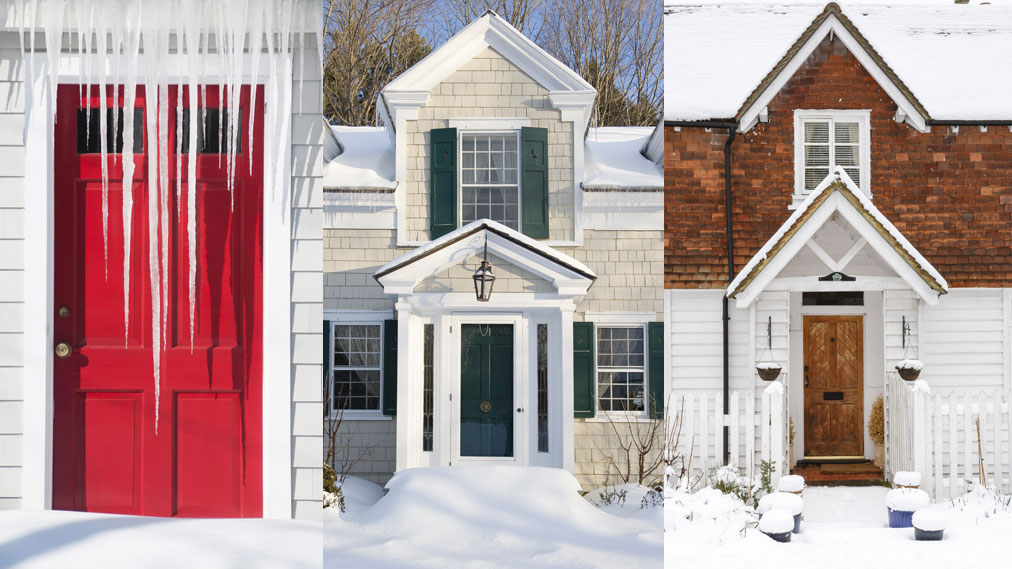 10 ways to winterize a house – get your home ready for winter
10 ways to winterize a house – get your home ready for winterThese simple ways to winterize a house will help you get your home ready for the inclement weather
By Holly Reaney Last updated
-
 This Dutch farmhouse combines country charm with an eco outlook
This Dutch farmhouse combines country charm with an eco outlookNow a country idyll, this once crumbling farmhouse was transformed by a large-scale renovation that preserves the property's past as well as future proofing it
By Vivienne Ayers Published
-
 Eco houses – 7 most beautiful sustainable builds, from forest dwellings to city homes
Eco houses – 7 most beautiful sustainable builds, from forest dwellings to city homesThese are some of the world's most coveted eco houses, beautiful homes designed by architects with their gaze firmly fixed on sustainability
By Lucy Searle Published
-
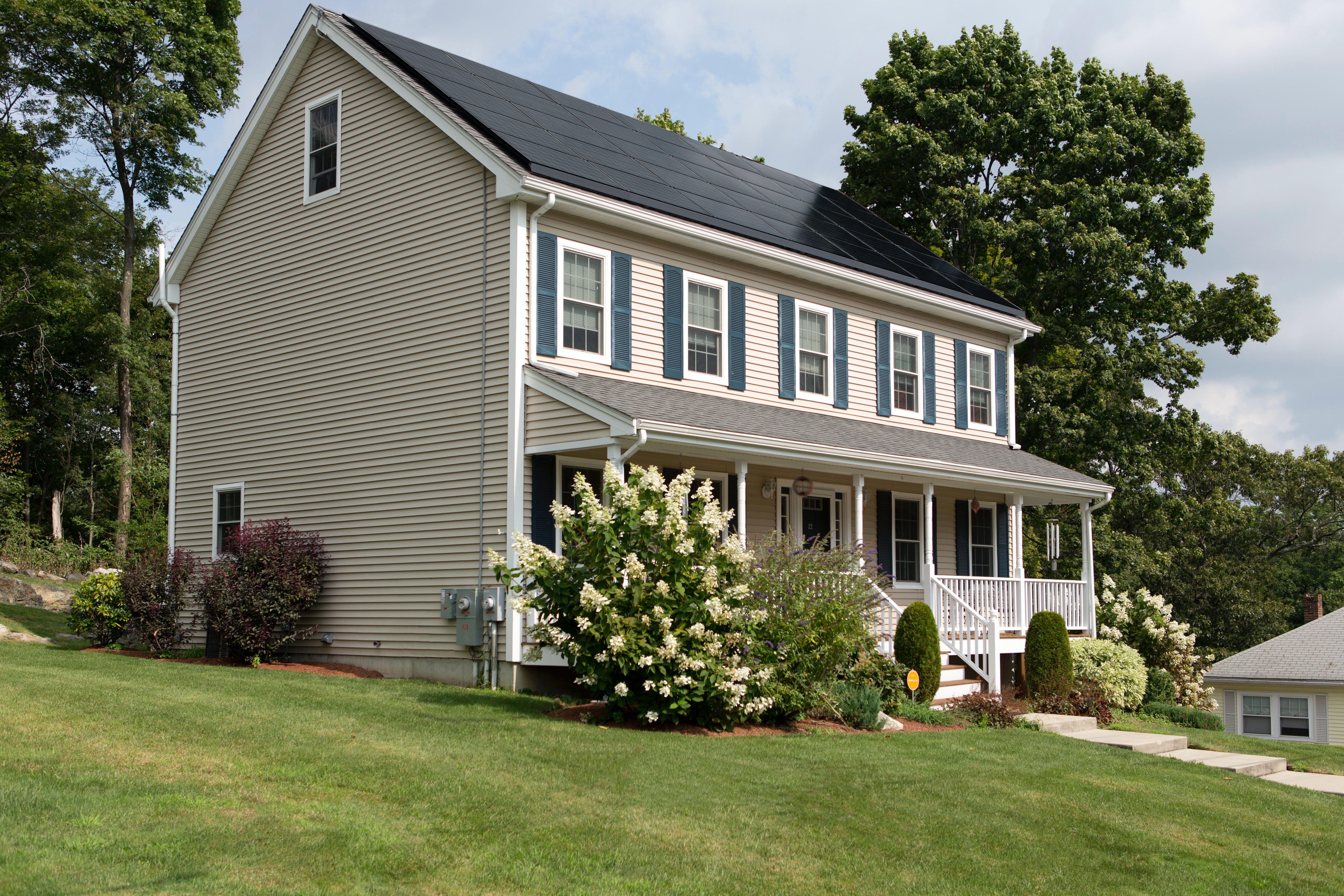 Solar panels: a complete guide to making your own home energy
Solar panels: a complete guide to making your own home energyFind out about the different solar panels – available and how they can save you energy as well as cash
By Sarah Warwick Published
-
 Eco cooling – sustainable air conditioning for your home
Eco cooling – sustainable air conditioning for your homeDiscover eco cooling options – the greenest ways to keep your home from over-heating
By Sarah Warwick Published
-
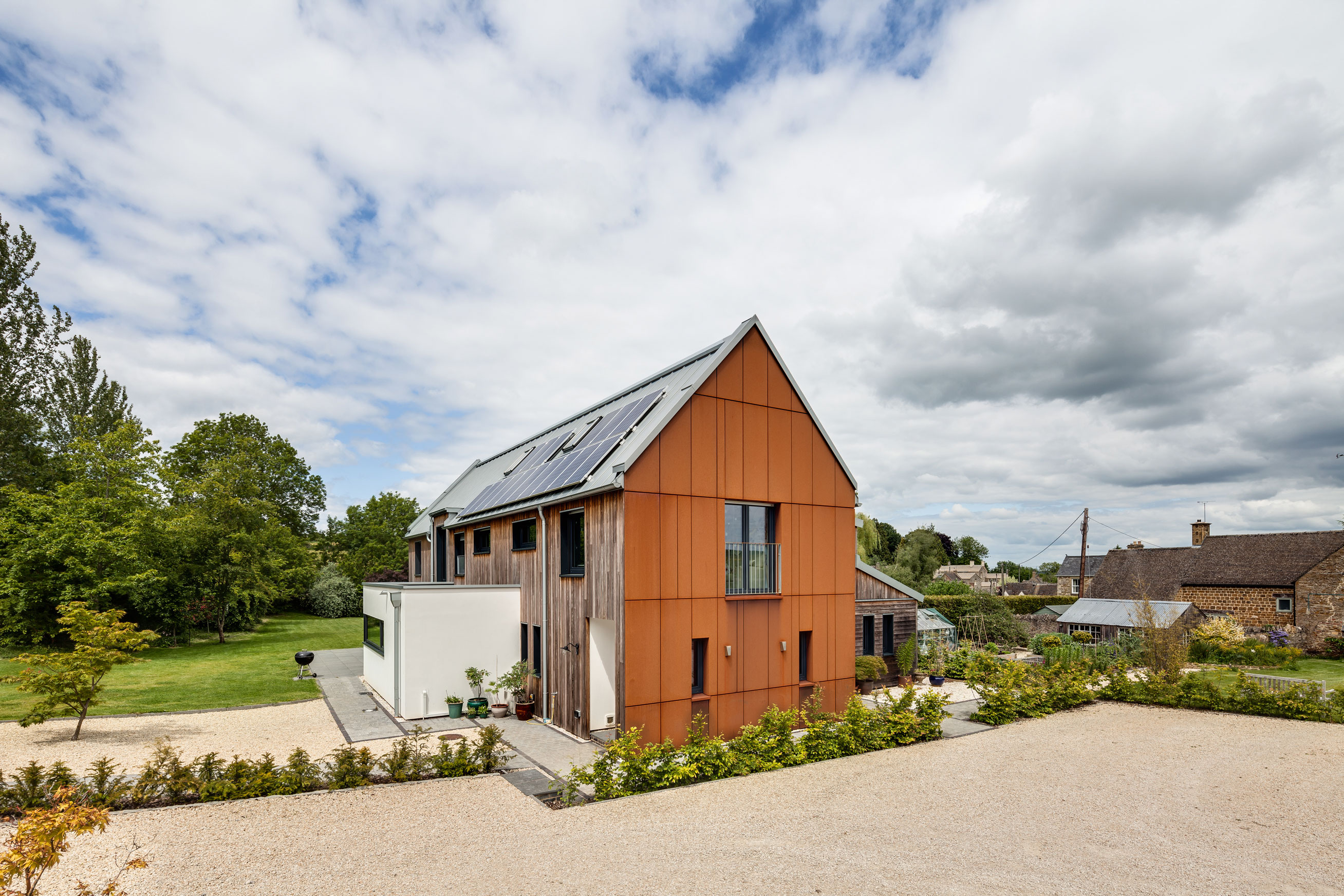 Eco home improvements: how to make your house greener
Eco home improvements: how to make your house greenerDiscover heating, cooling and clean energy solutions for your home plus eco-friendly product choices
By Sarah Warwick Last updated
-
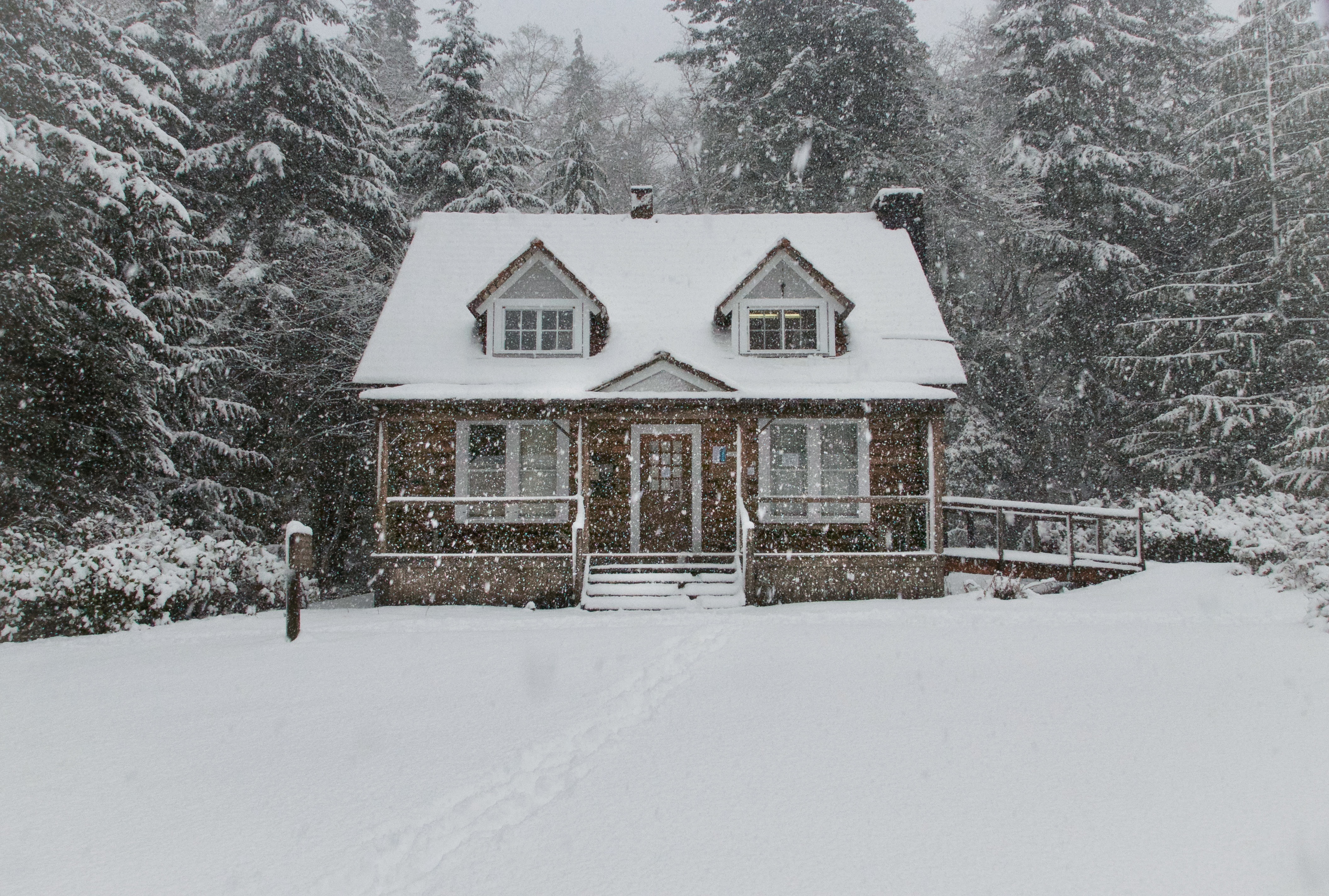 Eco heating – from heat pumps to boilers and furnaces
Eco heating – from heat pumps to boilers and furnacesFind out about the eco heating options that can make your home greener and reduce bills
By Sarah Warwick Last updated
-
 Are these Japanese-inspired, energy-efficient homes the future of homebuilding?
Are these Japanese-inspired, energy-efficient homes the future of homebuilding?These new developments aim to prioritize green space, community and good design
By Jennifer Ebert Published